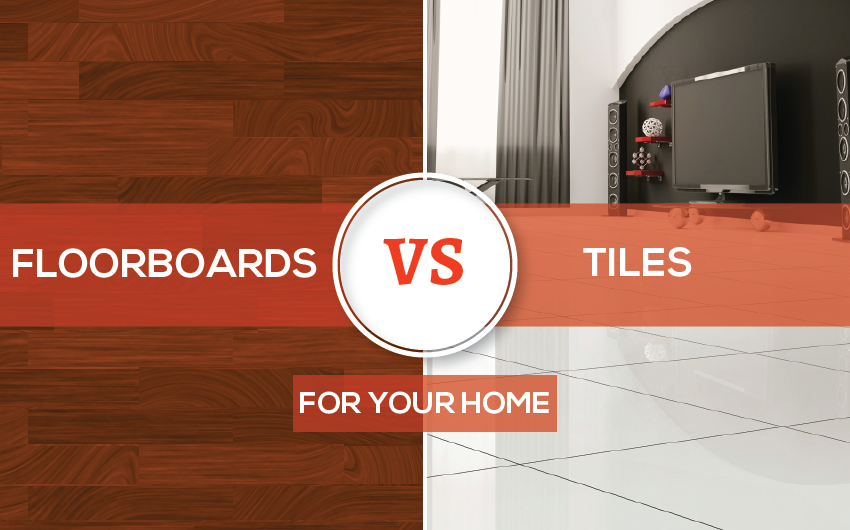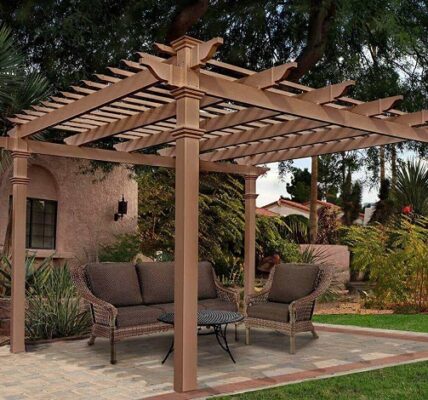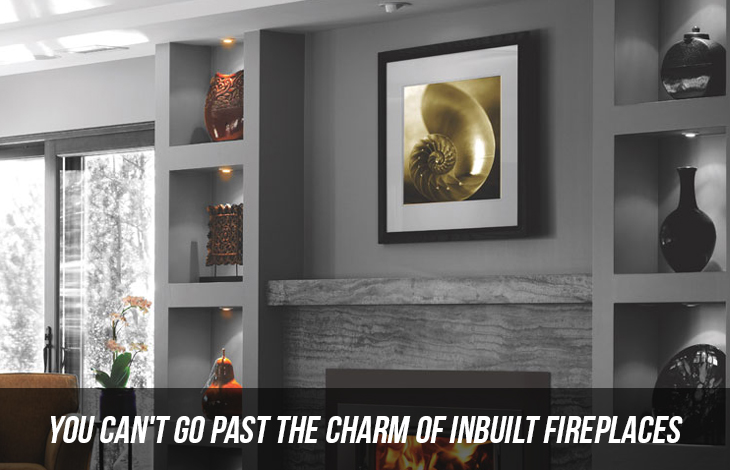Making a decision about flooring options doesn’t seem like such a big deal. For some sections of your home, that choice is a given. After all, kitchens are almost always tiled while bathrooms can have tile or terrazzo. Tile isn’t common in bedrooms, and outdoor areas like balconies and patios are dependent on other factors.
But what about your living room, dining room, or family rooms? These spaces often experience high traffic. They are used to welcome guests and entertain visitors. They’re probably where you spend the most time, at least while you’re awake, so a lot of thought should go into their décor.
Floorboards are usually made of wood or wood-imitation, while tile can be ceramic, glass, or natural stone. Natural stone tiles are preferred, because they are cost-effective and easy to maintain, even though ceramic tiles offer a wider design range. They can even be crafted to look like wood panelling, though the texture of wood can’t be mimicked.
Tile gives a modern look to your room, while wood is more cosy and traditional, so the material you use will depend on the overall mood you’d like to convey. This ambience will be accented by your other décor pieces, but it helps to decide from the get-go what kind of style you’re going for.
Another factor to consider is climate. Tile is nice in tropical regions, beach neighbourhoods, or desert spaces. The tile stays cool in hot weather, so it can help with temperature control. Wood is likely to warp in humid climates so it may be an unwise choice.
There’s also the matter of availability. Wood is generally less common than tile, so you have to carefully secure your supplies. Tile is easy to find, but you have to check that they have the design you want in the quantities you require. You don’t want to run out of tile halfway through your flooring activities.
In terms of managing traffic, both wooden floorboards and tiles are durable. They withstand wear and tear and are not easily damaged by footfall. Wood panels might be susceptible to heat, but this isn’t an issue in the living room. Any living room heaters or fireplaces can be reinforced with glass or brick platforms to avoid damaging the floor.
Wooden floors can also be affected by excess moisture, but again, this is rarely an issue in living rooms. The occasional spill can be quickly mopped up before it seeps into the floorboards. And if you’d like to give your living room a warm, cosy feel, both tile and wood can be dressed with tasteful rugs and carpets, especially during colder months.
If you’re looking at wood floorboards and are worried about the potential cost, you can reduce pricing with cheaper faux wood options. You can install floating floor boards, parquet, or laminate. They look and feel just like wood, but are lighter in weight and more pocket friendly. They are mostly made using fibreboard, so they are also kinder on trees.
Floorboards don’t restrict your style options as much as you’d think. In addition to the usual dark wood panels, you can also get white oak for brighter tones. Remember that lighter floors show more dirt though, so they need more cleaning. Floorboards might also need the occasional wax, polish, or a fresh coat of stain to maintain their beauty. They should be cleaned using minimal moisture and soaps that will not wash off the oil-based wood finish.
Tile floors are easier to maintain. If they are light coloured, they will show dirt more clearly, so they will need frequent sweeping and mopping. But their glossy finish is easy to clean, and they don’t require any scrubbing, staining, or polishing. They can, however, give off a cool, distant ambience, both literally and figuratively. So if you choose tile for your living room, you’ll have to warm up your space with cosy soft furnishings and bright, colourful accent pieces.
If you are going to design your living space with tiles, I would like to recommend you for marble floor tiles at Marble Matters. Marble Matters is committed to offering high quality, ethically purchased and responsibly manufactured natural stone products. Since 2002
More Articles:
How to Warm Up a Marble Living Room This Winter
Cleaning Your Upholstered Bed Head



